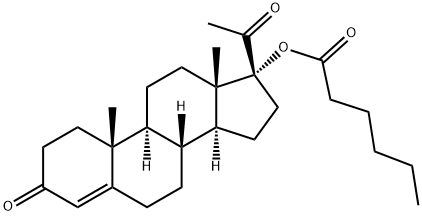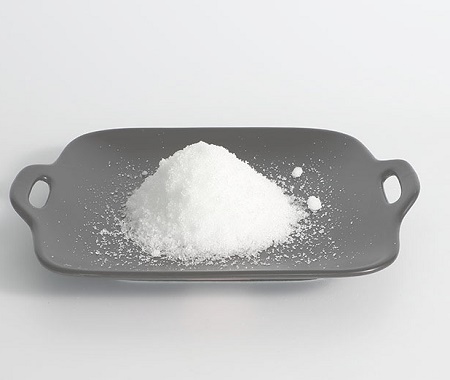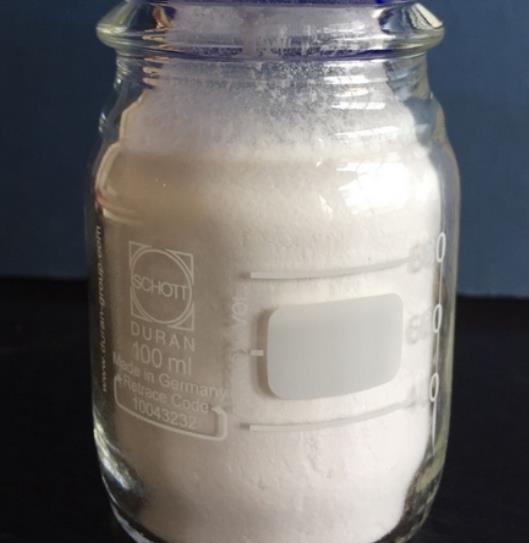Hydroxyprogesterone Caproate: History of Use, Pharmacokinetics and Safety
Hydroxyprogesterone caproate exists as white to creamy white crystalline powder, it is a synthetic steroid hormone that is similar to medroxyprogesterone acetate and megestrol acetate. It is an ester derivative of 17α-hydroxyprogesterone formed from caproic acid (hexanoic acid). Hydroxyprogesterone caproate was previously marketed under the trade name Delalutin by Squibb, which was approved by the U.S. Food and Drug Administration (FDA) in 1956 and withdrawn from marketing in 1999.
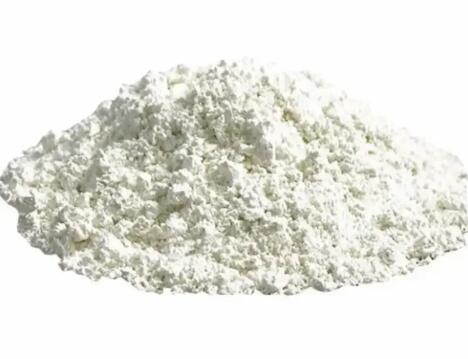
Use
Hydroxyprogesterone caproate is used as a“Medical D and C”to eliminate any proliferated endometrium from previous estrogenic action by conversion to secretory endometrium and desquamation. To determine onset of normal cyclic functions, patient should be observed for 2 or 3 cycles after cessation of therapy.
Pharmacokinetics
The mechanism by which progesterone prevents preterm birth is not well understood, but many pathways are likely involved. Progesterone plays a vital role in regulation of the female reproductive system and is important for successful implantation of the embryo and maintenance of pregnancy. It acts by binding to progesterone receptors in the uterus, ovaries, breasts and in the central nervous system. These receptors exist in 2 isoforms, PR-A and PR-B. Progesterone binding to these receptors ultimately leads to regulation of gene transcription. This results in an anti-inflammatory effect which blunts the proinflammatory state that occurs with initiation of labor, and maintains uterine queiscence by stabilizing progesterone acting on the myometrium.
Safety
Detectable amounts of progestins have been identified in the milk of mothers receiving the drug. Many studies have found no adverse effects of progestins on breastfeeding performance, or on the health, growth, or development of the infant. Because progestational drugs may cause some degree of fluid retention, conditions that might be influenced by this effect, such as asthma, migraine, epilepsy, or cardiac or renal dysfunction require careful observation.
You may like
Related articles And Qustion
Lastest Price from Hydroxyprogesterone caproate manufacturers

US $0.00/Kg/Drum2025-04-21
- CAS:
- 630-56-8
- Min. Order:
- 1KG
- Purity:
- 97%-103%; USP
- Supply Ability:
- 500KGS
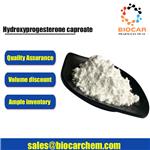
US $0.00-0.00/KG2025-04-21
- CAS:
- 630-56-8
- Min. Order:
- 1KG
- Purity:
- 99%
- Supply Ability:
- 600kg
